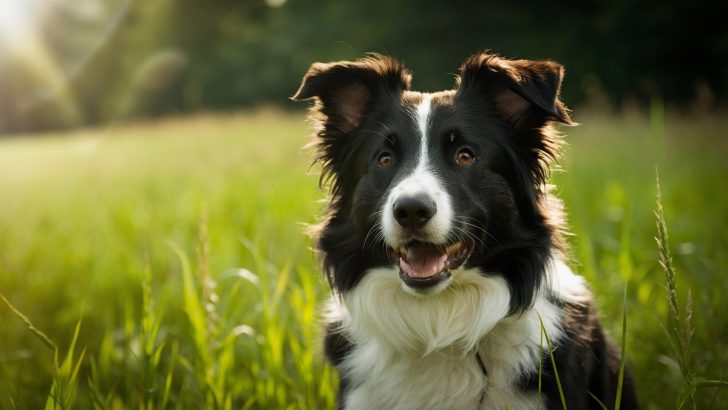Dogs have been our companions for thousands of years, but some breeds held a much higher status in ancient times.
From Egypt to China, certain dogs weren’t just pets – they were considered divine beings with special powers and connections to the afterlife.
These special breeds were treated with incredible respect, often living in temples and palaces while regular people weren’t even allowed to touch them.
1. Majestic Salukis: Egypt’s Royal Canine Treasures

Ancient Egyptians believed Salukis were gifts from the gods themselves. These elegant sighthounds appeared in royal tombs as early as 2100 BCE, where they were depicted hunting alongside pharaohs and nobility.
When a Saluki died, it received the same mummification rituals as humans of high status. Owners would shave their eyebrows in mourning and wrap their beloved dogs in fine linen before placing them in specially crafted wooden coffins.
Archaeological discoveries have revealed entire Saluki cemeteries near important temples, showing just how deeply these dogs were integrated into Egyptian religious practices as divine messengers and spiritual guides.
2. Xoloitzcuintli: The Aztec Soul Guide
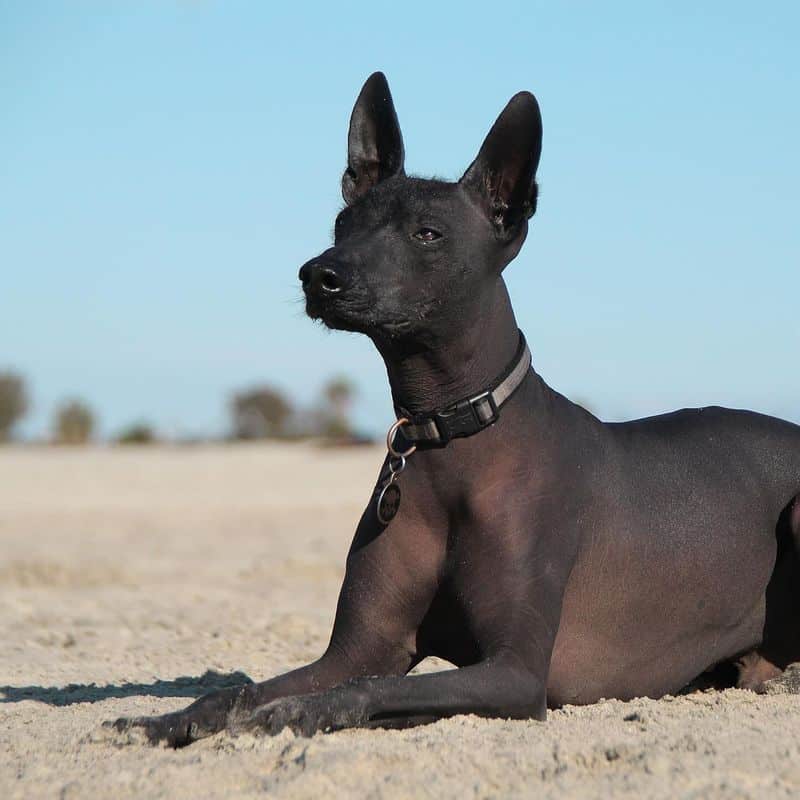
Named after the Aztec god Xolotl, these hairless dogs carried a heavy spiritual responsibility. Aztecs firmly believed Xolos could see spirits and guide human souls through Mictlan, their version of the underworld.
Red clay statues of Xoloitzcuintli have been unearthed from tombs dating back 3,000 years. Many were buried alongside their owners, sacrificed to accompany their masters on the dangerous nine-level journey after death.
Considered living hot water bottles due to their warm skin, these dogs were also placed against sick people’s bodies to absorb illness and pain – spiritual healers with the unique ability to draw disease from human flesh.
3. Shih Tzu: The Lion Dogs of Chinese Emperors
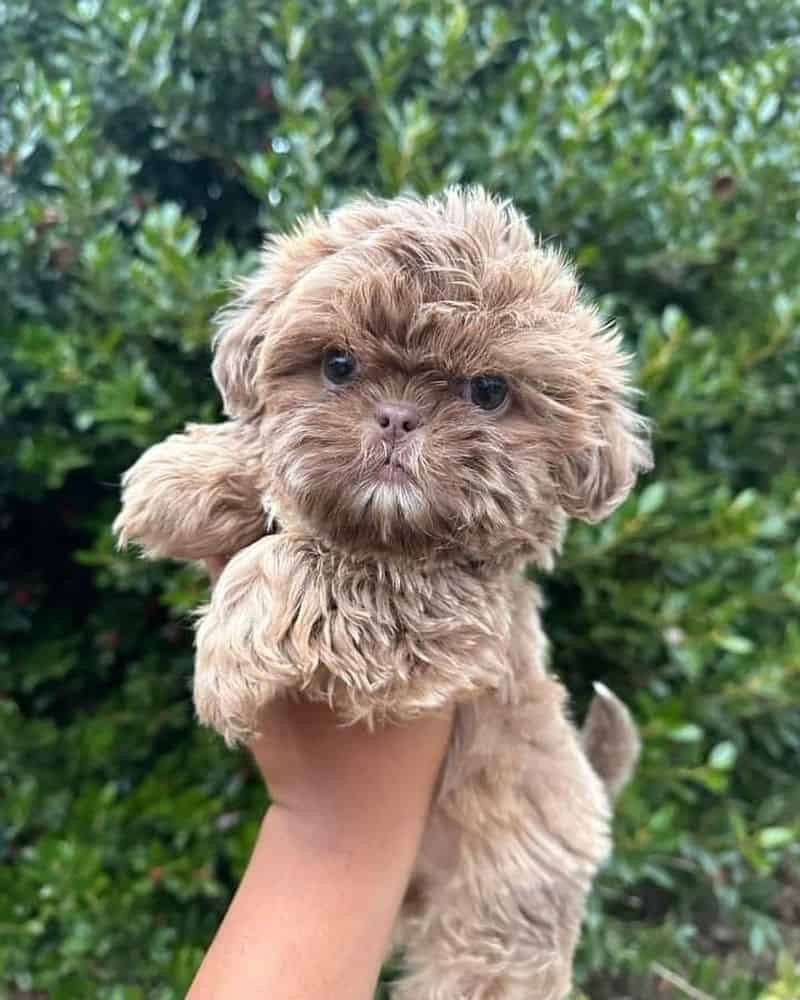
Resembling tiny lions, Shih Tzus earned their nickname “little lion dogs” and became living symbols of Buddha himself. Chinese emperors kept these small companions hidden within palace walls for centuries, refusing to sell or trade them with foreign visitors.
Palace eunuchs dedicated their lives to breeding the perfect Shih Tzu, with the most beautiful specimens sleeping on silk pillows beside the emperor. Legend tells of a Shih Tzu saving an emperor by distracting would-be assassins, cementing their sacred status.
Buddhist monks believed these dogs housed the souls of monks who hadn’t quite reached nirvana. Their distinctive facial hair mimicked the wise beards of temple elders, further enhancing their spiritual connection.
4. Tibetan Mastiff: Guardian of Himalayan Monasteries
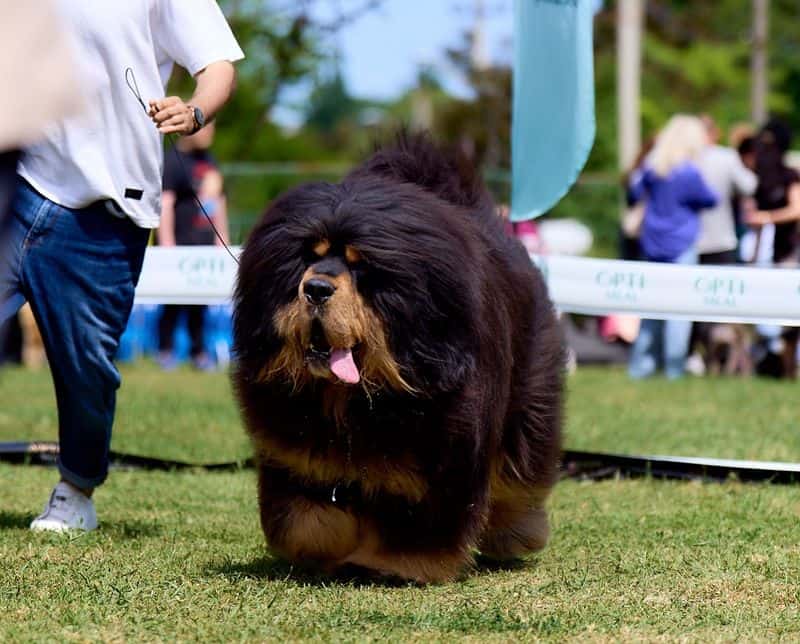
Weighing up to 150 pounds with thick lion-like manes, Tibetan Mastiffs stood as living barriers between sacred spaces and the outside world. Monks believed these massive guardians could sense evil spirits approaching monasteries long before humans could.
Nomadic tribes valued these dogs so highly that a single well-bred Tibetan Mastiff could be exchanged for an entire herd of yaks or sheep. Their thick double coats, evolved for harsh mountain conditions, were believed to contain protective magic against mountain demons.
During annual religious festivals, monastery mastiffs wore ceremonial collars inlaid with turquoise and coral – symbols of their status as divine protectors whose barks could drive away malevolent forces attempting to disrupt sacred ceremonies.
5. Pharaoh Hound: Malta’s Divine Blusher
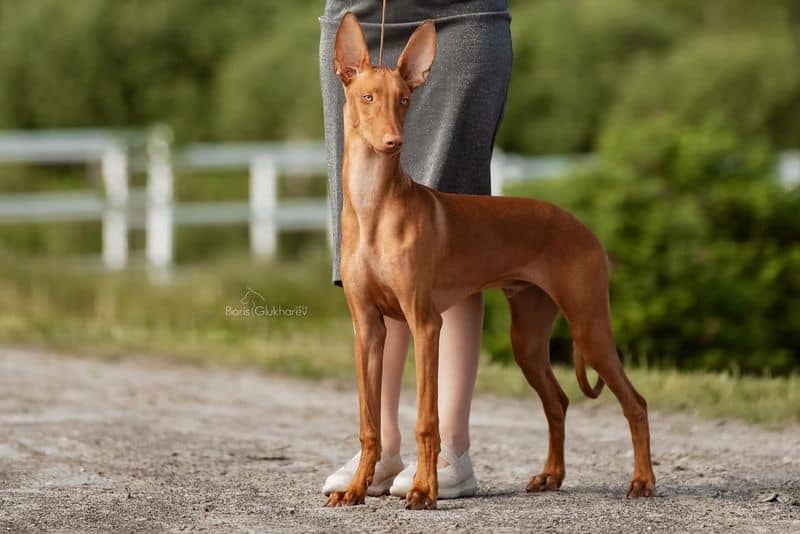
Pharaoh Hounds possess a remarkable trait that ancient Maltese considered proof of their divine nature – they blush! When excited or happy, their ears and noses turn a rosy pink, which locals interpreted as the dogs communicating with gods.
Despite their name connecting them to Egypt, these elegant hunters actually originated in Malta around 4000 BCE. Island inhabitants created elaborate stone carvings of these dogs in temples, believing they could communicate with Anubis, the jackal-headed deity.
Maltese traditions forbade commoners from owning these sacred animals. Only priests and nobility could keep them, using special whistles to command these dogs during ceremonial rabbit hunts that doubled as religious rituals to ensure good harvests.
6. Basenji: The Silent Sentinels of African Kings
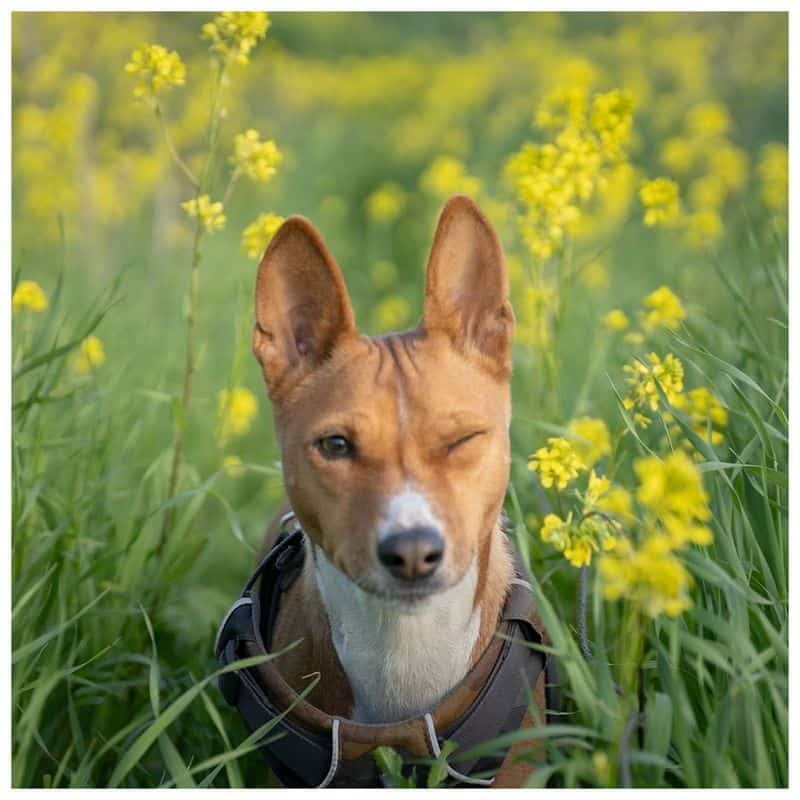
Known for their unique yodel instead of barking, Basenjis were considered supernatural messengers in ancient Nubia and Egypt. Their silence was interpreted as a special ability to hear messages from the spirit world without alerting evil forces.
Cave paintings dating back to 6000 BCE show these distinctive dogs hunting alongside tribal leaders. Their unusual grooming habits – cleaning themselves like cats – reinforced beliefs that they were partially divine creatures with special purification abilities.
African kings gifted prized Basenjis to pharaohs as living symbols of the bond between kingdoms. Their image appears on numerous artifacts, often wearing gold collars and sitting beneath royal thrones as symbols of the monarch’s connection to ancestral spirits.
7. Akita Inu: Japan’s Divine Health Guardians
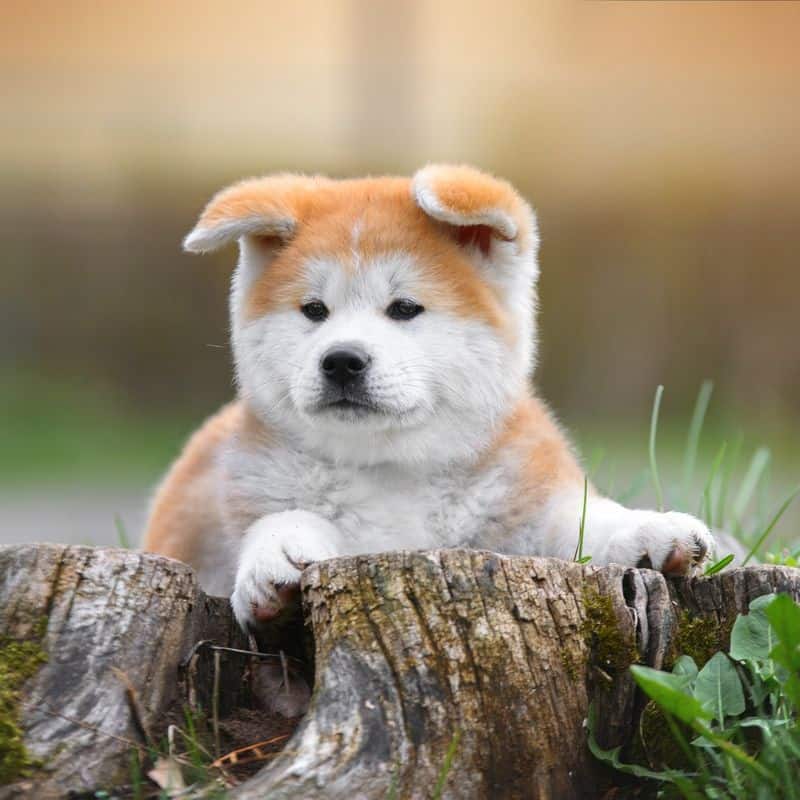
When Japanese families welcomed new babies, miniature Akita statues were placed beside cradles as spiritual guardians. Real Akitas lived in Shinto shrines, where their alert barks were believed to chase away disease-causing spirits.
Emperor Taisho declared these dogs national treasures in 1931, but their sacred status dates back over two thousand years. Samurai warriors believed an Akita’s soul could merge with their own during battle, lending them supernatural courage and protection.
The famous loyalty tale of Hachikō, who waited nine years at a train station for his deceased owner, merely reinforced what Japanese people had believed for centuries – Akitas possess an otherworldly devotion that connects them to ancestral spirits who watch over families.
8. Lhasa Apso: The Reincarnated Lama Dogs

Monks in isolated Tibetan monasteries believed Lhasa Apsos weren’t ordinary dogs but vessels containing souls of lamas (teachers) who hadn’t yet achieved full enlightenment. Their long, flowing coats symbolized the spiritual wisdom accumulated through multiple lifetimes.
For centuries, these dogs could not be purchased or sold – they could only be received as gifts from the Dalai Lama himself. Their exceptional hearing made them perfect sentinels, alerting monks to approaching strangers long before humans could detect anything.
Tibetans called them “Abso Seng Kye” or “Bark Lion Sentinel Dog,” believing their lion-like appearance scared away evil spirits. Special ceremonies marked a Lhasa’s death, with monks carefully observing which household received a new puppy to track reincarnation patterns.
9. Chow Chow: Blue-Tongued Temple Guardians
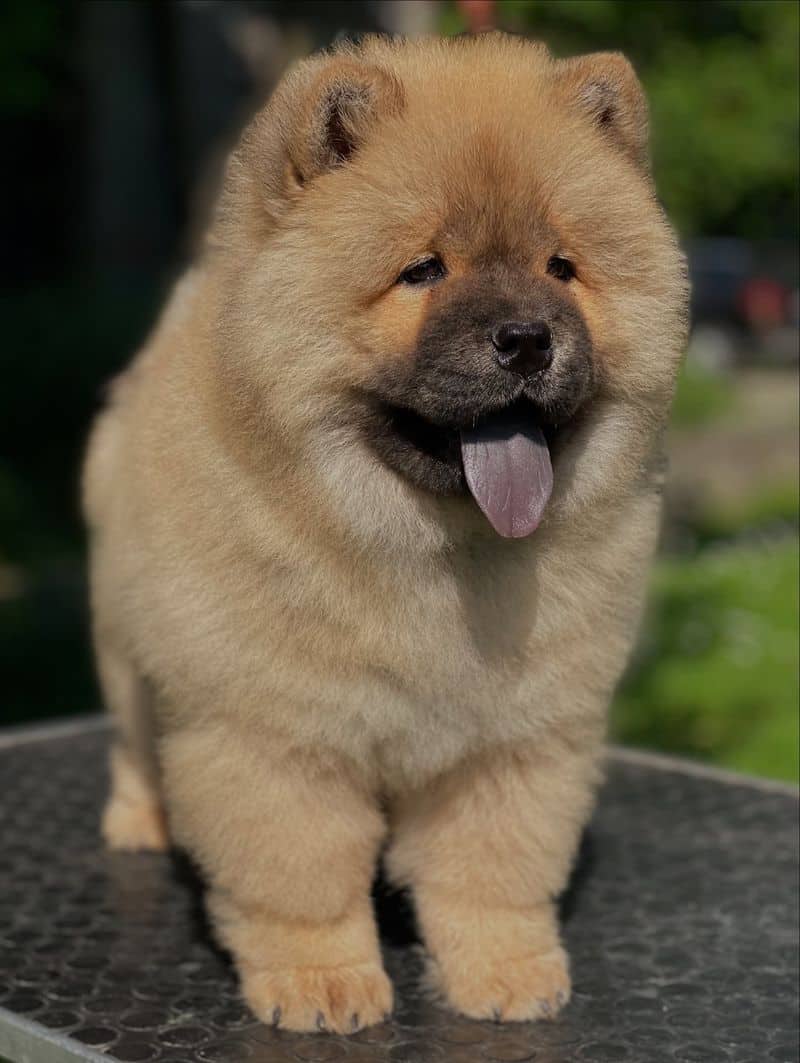
Ancient Chinese texts describe Chow Chows as having originated from the stars themselves. Their distinctive blue-black tongues were considered physical proof of their celestial connection, with folk tales claiming they licked drops of night sky during creation.
Buddhist temples kept these fluffy guardians to protect sacred scrolls and relics. Their lion-like appearance connected them to Buddha, while their serious, independent nature reinforced beliefs that they contained old souls with divine wisdom.
Tang Dynasty emperors maintained hunting packs of 2,500 Chows, led by specially trained monks who believed these dogs could communicate with forest spirits. Artifacts show Chows wearing elaborate jade collars and ceremonial blankets during religious processions where commoners bowed as they passed.
10. Irish Wolfhound: Celtic Kings’ Divine Companions

Standing nearly three feet tall at the shoulder, Irish Wolfhounds were believed by Celts to be warriors reborn in canine form. Only kings and chieftains could own these massive dogs, which appeared in mythology as companions to gods and heroes.
Ancient Irish law assigned wolfhounds the same legal value as the finest horses or weapons – stealing one was punishable by death. Their image appears on coins and stone carvings dating back to 273 BCE, often shown hunting mystical creatures alongside divine figures.
Druids incorporated these giant dogs into spiritual ceremonies, believing they could see the Otherworld and protect humans during vulnerable ritual states. White wolfhounds especially were considered direct messengers between our world and the realm of Celtic deities.

